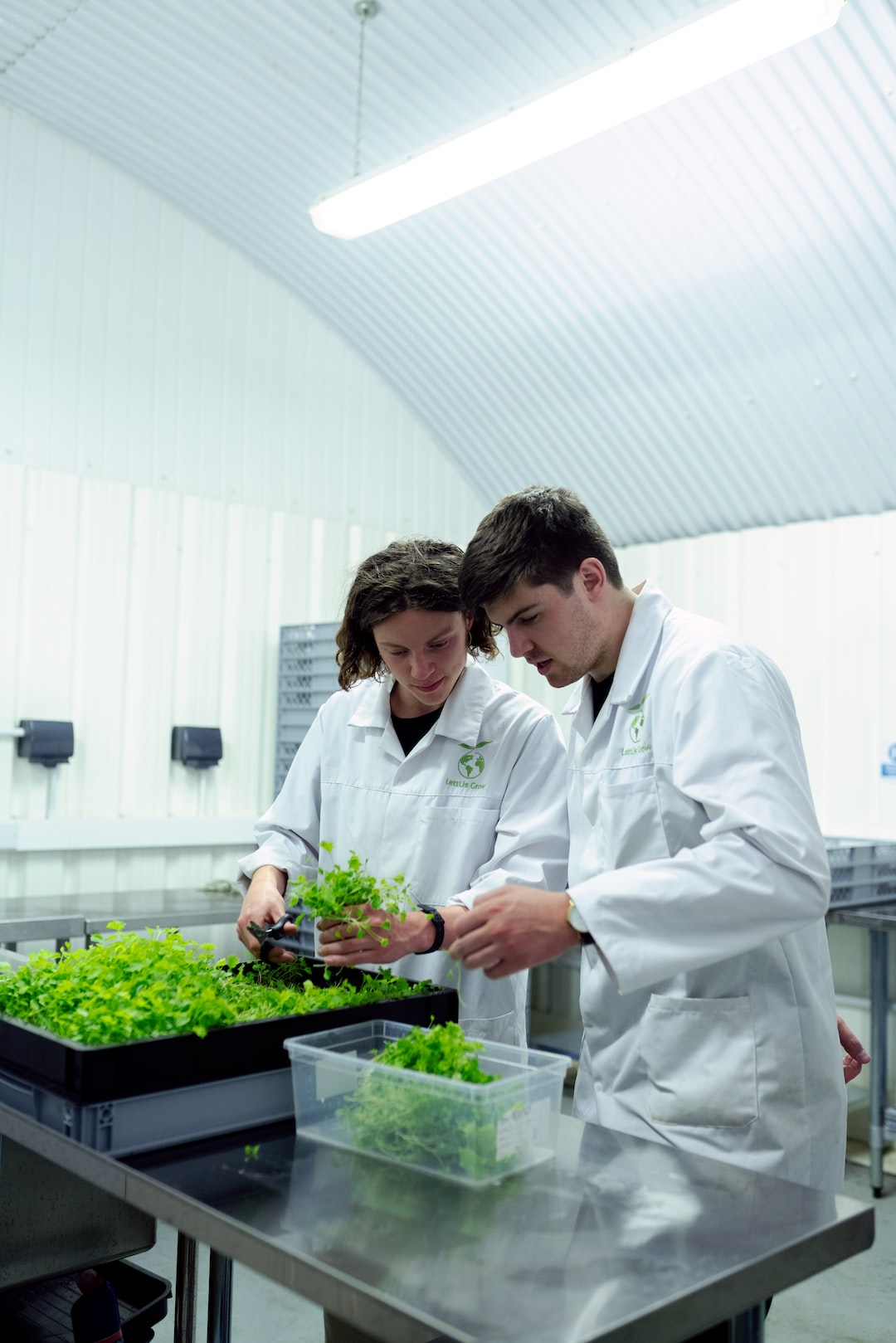The Future of Aerospace Engineering: Innovations and Challenges
Aerospace engineering has always been at the forefront of technological advancements and scientific breakthroughs. From the Wright brothers’ first powered flight to the exploration of space, this field has witnessed incredible achievements that have revolutionized the way we perceive air and space travel. As we venture into the future, it is important to understand the innovations and challenges that lie ahead for aerospace engineering.
One of the most notable innovations on the horizon is the development of electric and hybrid aircraft. With the pressing need for sustainable transportation solutions, the aerospace industry is increasingly focused on reducing emissions and dependency on fossil fuels. Electric and hybrid aircraft, powered by advanced batteries and electric motors, offer a promising alternative to traditional aircraft engines.
Companies like Airbus and Boeing have already begun working on prototypes and concept designs for electric aircraft. These planes, with their low noise levels and zero emissions, have the potential to transform the aviation industry and create a more environmentally friendly mode of travel. However, the main challenge lies in improving the energy density and efficiency of batteries to enable longer flight durations and increased payload capacity.
Another significant innovation in aerospace engineering is the development of supersonic and hypersonic aircraft. Supersonic travel, which was popularized by the Concorde in the past, has the potential to make a comeback with advancements in technology. Newer designs, such as the Boom Supersonic and NASA’s X-59 QueSST, aim to offer faster-than-sound travel while minimizing the disruptive noise associated with supersonic flight.
Hypersonic flight, on the other hand, takes speed to a whole new level. By traveling at speeds greater than Mach 5, these aircraft could significantly reduce travel times, with flights from New York to London taking just a few hours. However, designing and building hypersonic vehicles presents immense engineering challenges, including managing extreme temperatures, developing efficient air-breathing engines, and ensuring structural integrity at high speeds.
Space exploration is another area where aerospace engineering continues to push boundaries. With the growing interest in space tourism and the increasing number of commercial space companies, the demand for spacecraft that can transport humans safely to and from space is rising. SpaceX’s Crew Dragon and Boeing’s Starliner are leading the way in developing crewed spacecraft capable of ferrying astronauts to the International Space Station.
As we look further into the future, the prospects of interplanetary travel and colonization become more realistic. Companies like SpaceX and NASA are already working on spacecraft capable of long-duration missions to Mars and beyond. These missions pose complex challenges such as radiation exposure, life support systems, and resource utilization. Furthermore, ensuring the safety and well-being of astronauts during extended space travel will require innovative solutions to mitigate the detrimental effects of zero gravity and isolation.
Despite these exciting possibilities, there are several key challenges that aerospace engineering must overcome. One of the primary challenges is the high cost associated with developing, testing, and producing new aircraft and spacecraft. Many innovations in the aerospace industry are financially prohibitive, making it difficult for smaller companies or startups to enter the market. Addressing these cost barriers will be essential to fostering innovation and competition within the industry.
Safety is another crucial challenge that aerospace engineers face. As technology advances, ensuring the safety of passengers and crew members becomes even more critical. The aerospace industry must prioritize the development of robust safety protocols, advanced materials, and reliable systems to prevent accidents and ensure the longevity of aircraft and spacecraft.
In conclusion, the future of aerospace engineering holds tremendous potential for innovation and progress. From electric and hybrid aircraft to supersonic and hypersonic travel, the field is constantly evolving to meet the demand for sustainable transportation and faster travel times. Furthermore, as space exploration becomes more ambitious, aerospace engineers are tasked with designing spacecraft capable of long-duration space travel and colonization. With the right investments, research, and collaboration, the aerospace industry is poised to shape the way we travel and explore the vast frontiers of air and space.


